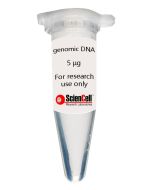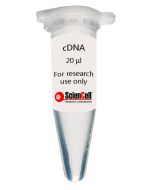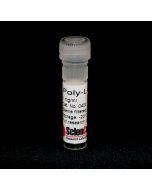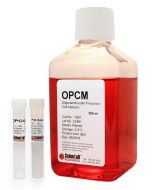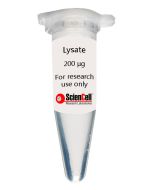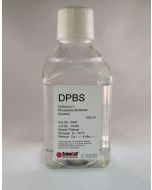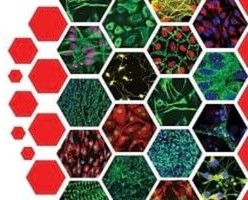Human Oligodendrocyte Precursor Cells
Catalog No.
1600
Isolated from human brain. HOPC are cryopreserved after purification and delivered frozen. Each vial contains >1 x 106 cells in 1 ml volume.
$831.00
Out of stock
Related Products
Check items to add to the cart or
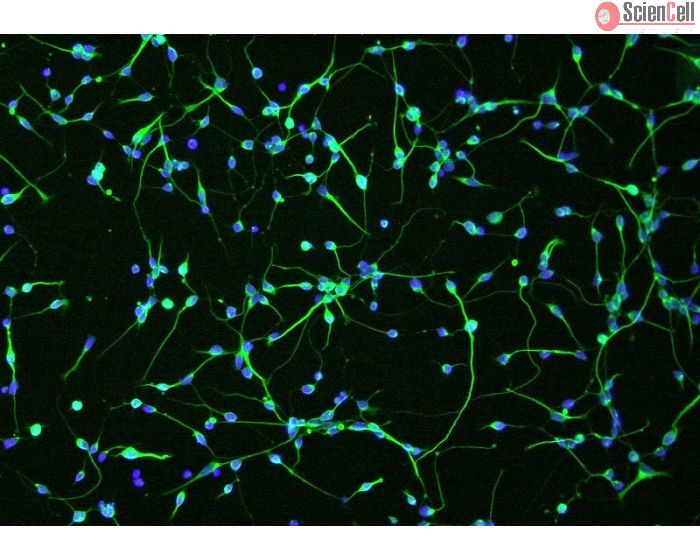


.jpg)
